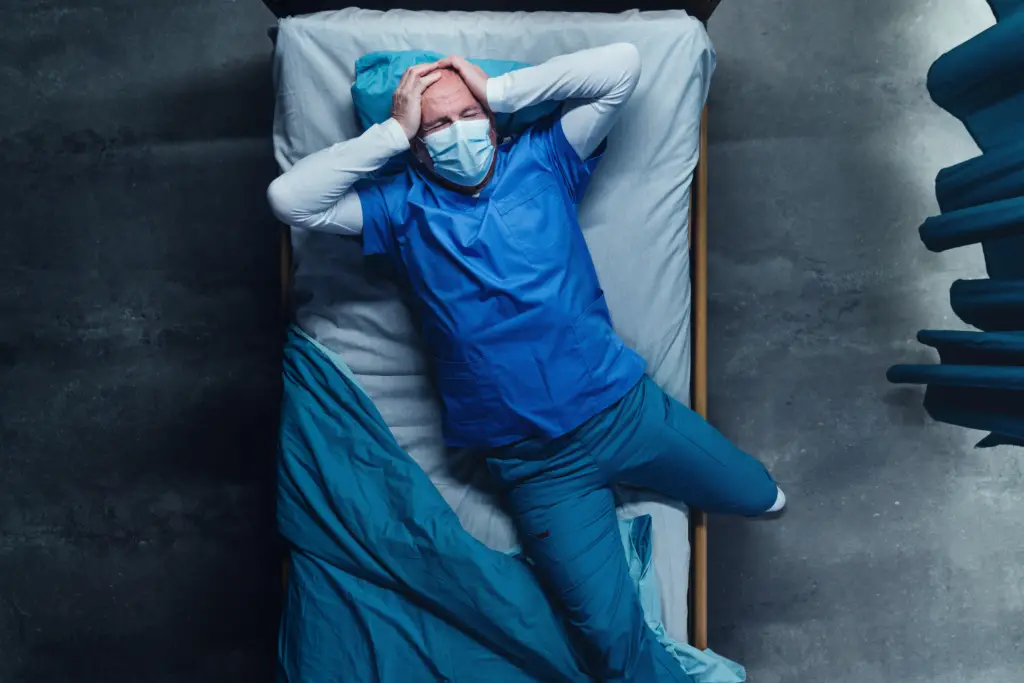Embarking on a career as a radiologic technologist (rad tech) can be an exciting and rewarding choice. However, it’s essential to understand the job’s physical demands and how they can vary depending on the work environment.
This blog post will explore the challenges and strategies for maintaining physical well-being as a rad tech.
Hospital vs. Outpatient Clinics: A Tale of Contrasting Demands
The work setting influences the physical demands of a radiologic technologist’s career. Hospitals are more physically demanding with their higher patient volumes and diverse cases.
Tasks such as lifting, maneuvering around IVs and ventilator tubing, and assisting patients on backboards occur daily in trauma centers and bustling ICU units. The fast-paced nature of these environments requires strength, agility, and stamina.
On the other hand, outpatient clinics generally have a less intense workload compared to hospitals. Specialties like mammography or CT often involve fewer physically demanding tasks.
However, specific clinics or specialties, such as orthopedics, may still require assistance with patient mobility. In these cases, rad techs must be prepared for tasks involving frequent bending, supporting patients during movement, and ensuring proper positioning.
Preserving Your Well-being: Strategies for Success
While the physical demands of a rad tech career are a reality, there are strategies you can employ to maintain your well-being and excel in the field:
Practice proper body mechanics
Employing correct lifting techniques is crucial in reducing the risk of injuries. Instead of using your back, bend your knees and use the strength of your legs when lifting. Additionally, use available equipment, such as sideboards or hoyer lifts, to assist with patient transfers and reduce strain on your body.
Seek support and assistance.
Feel free to ask for help when needed. Working as part of a healthcare team means there are colleagues available to lend a hand during physically demanding tasks. Collaborate with your fellow healthcare professionals to ensure the safety of both yourself and the patients.
Prioritize a healthy lifestyle.
Regular exercise, stretching, and a balanced diet are essential for overall physical well-being. Incorporate activities that target strength, flexibility, and endurance into your routine to help build resilience and reduce the risk of injuries.
Furthermore, adequate nutrition and hydration are vital for sustaining energy levels throughout the day.
Consider specialization
If you have specific physical limitations or concerns, explore different specialties within radiologic technology. Some areas, like mammography or mobile work, offer less physically demanding tasks while providing fulfilling career opportunities.
By specializing in a field that aligns with your physical capabilities, you can minimize the risk of strain or injury.
Embrace self-care
Take breaks when necessary, listen to your body, and engage in activities that bring you joy outside work. Burnout and fatigue can negatively impact your physical well-being.
Allocate time for rest, relaxation, and pursuing hobbies that help you unwind and rejuvenate. By prioritizing self-care, you can enhance both your physical and mental well-being.

Conclusion
A career as a radiologic technologist can be fulfilling, but it’s essential to be aware of the physical demands associated with the job.
Understanding the differences between hospital and outpatient clinic settings, practicing proper body mechanics, seeking support, maintaining a healthy lifestyle, considering specialization, and embracing self-care are all crucial elements in navigating the physical demands of the profession.
By implementing these strategies, you can better manage the physical demands of your job. Moreover, you can find a balance between your passion for healthcare and your physical well-being.
Remember, caring for your health is crucial, and finding a balance will ensure a sustainable and rewarding journey as a rad tech.

